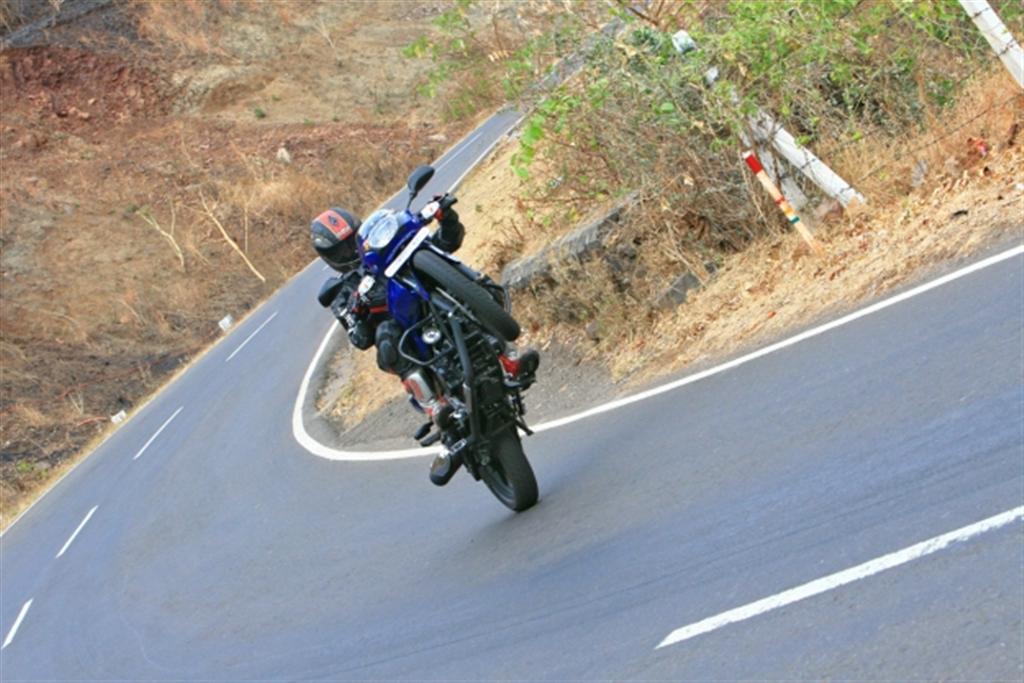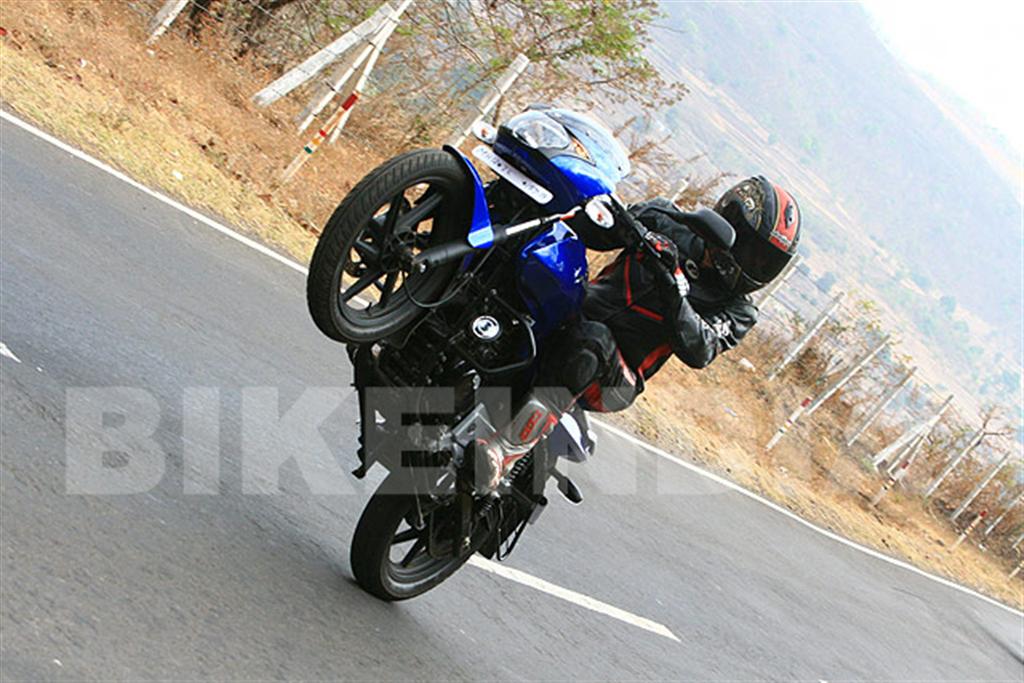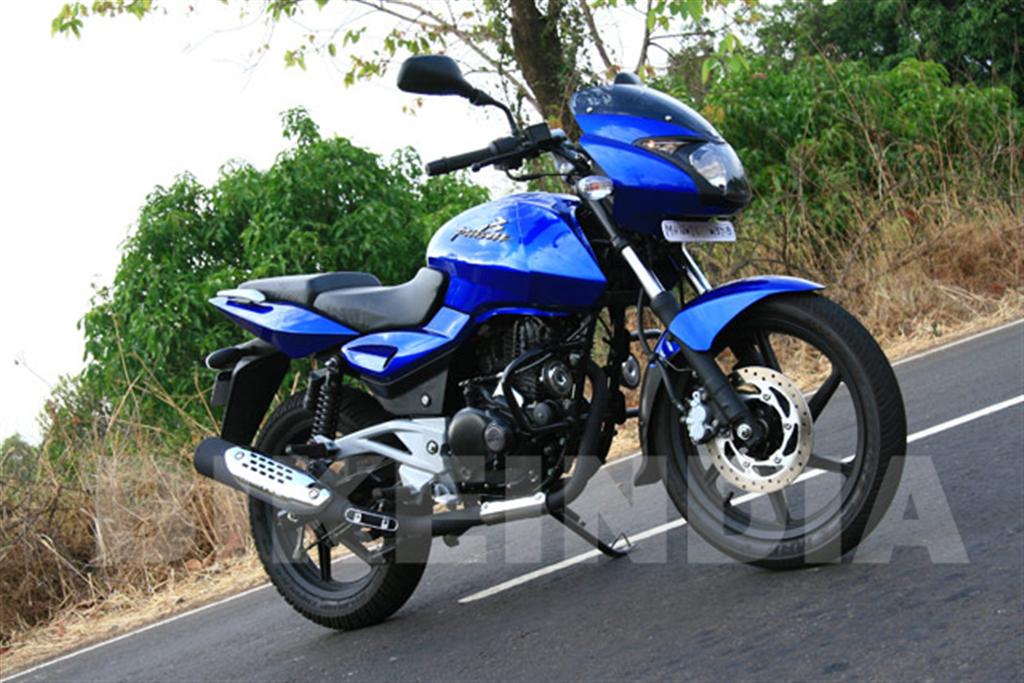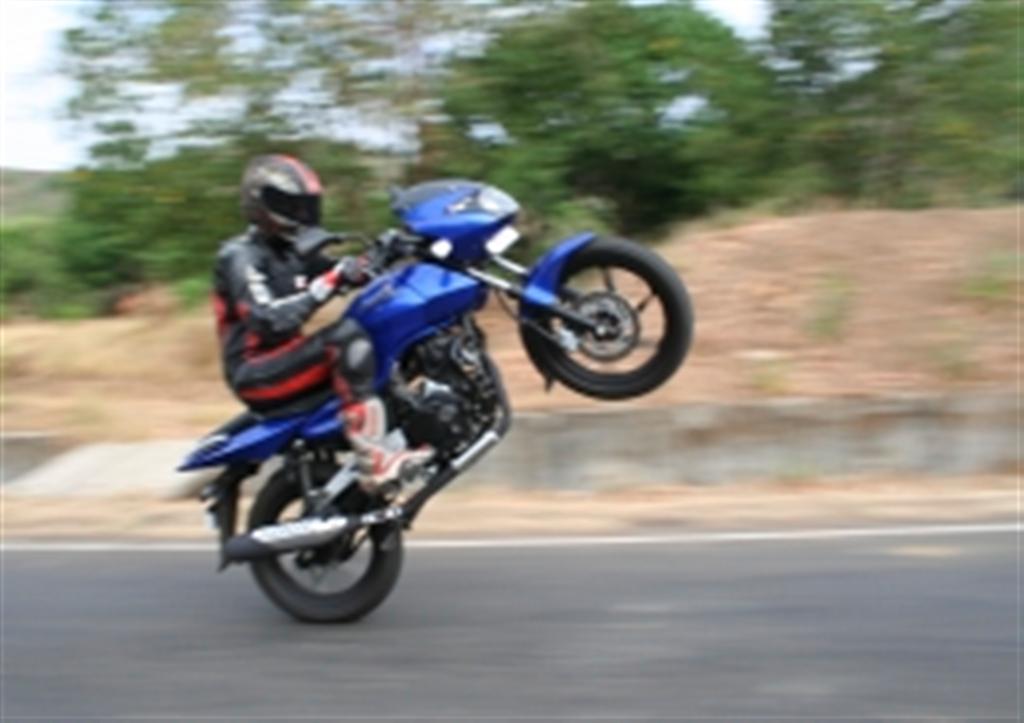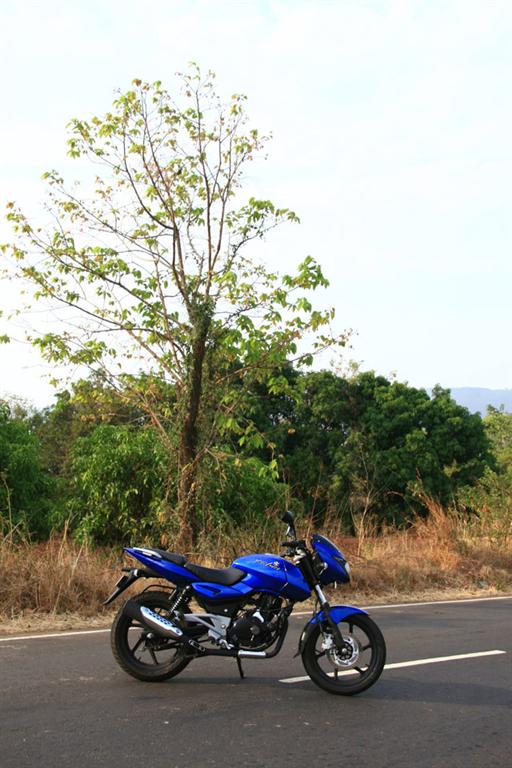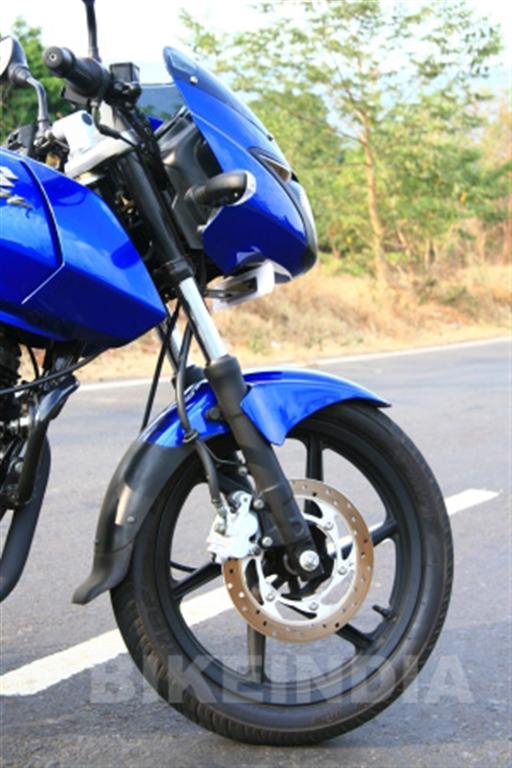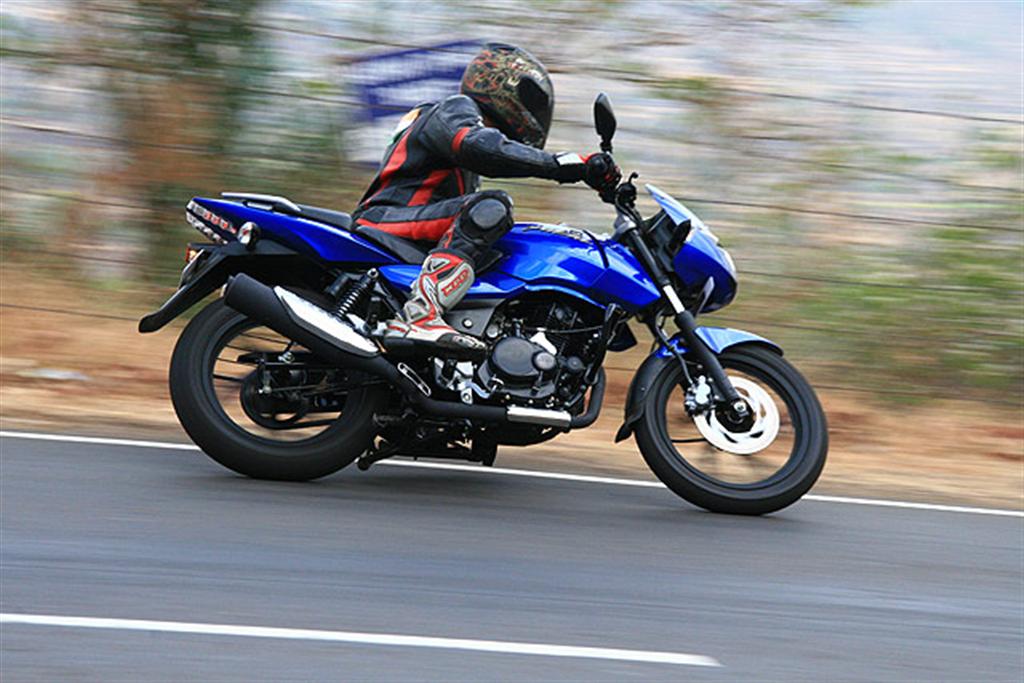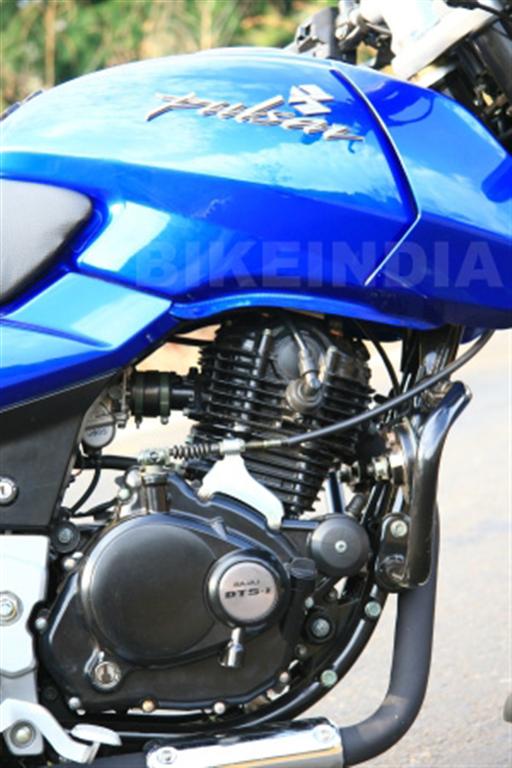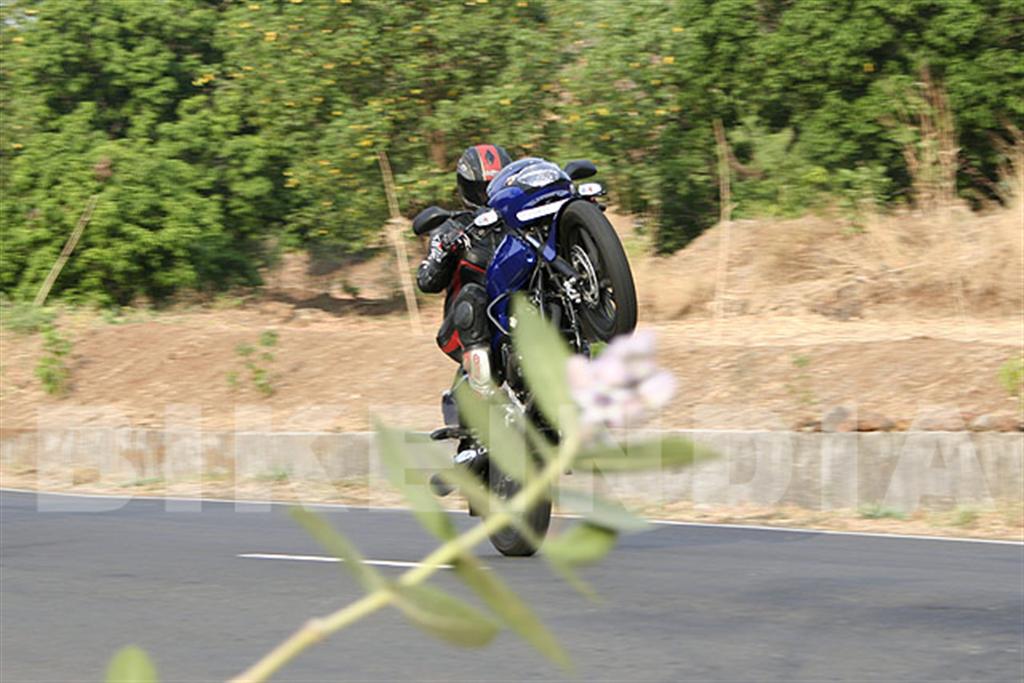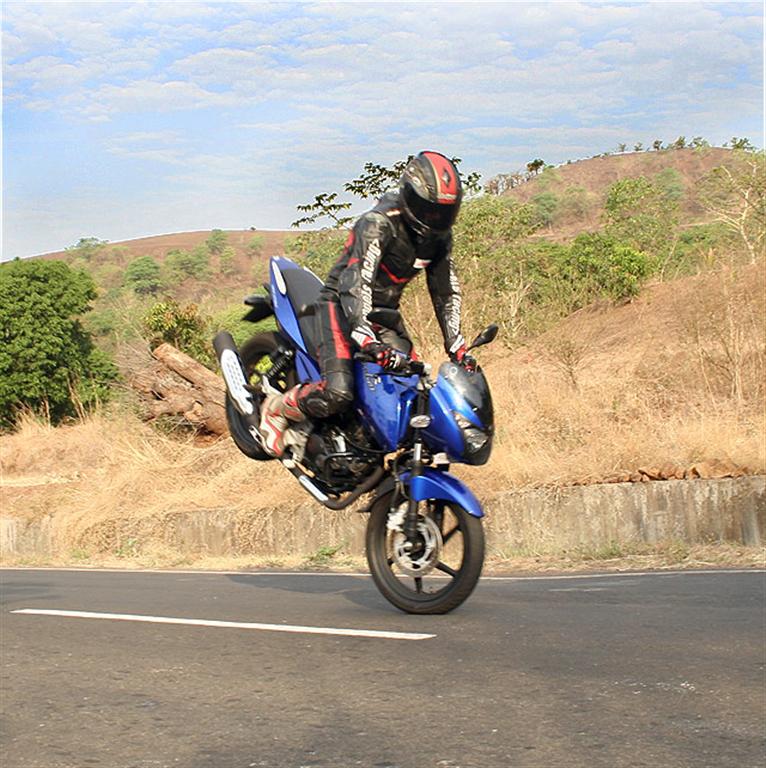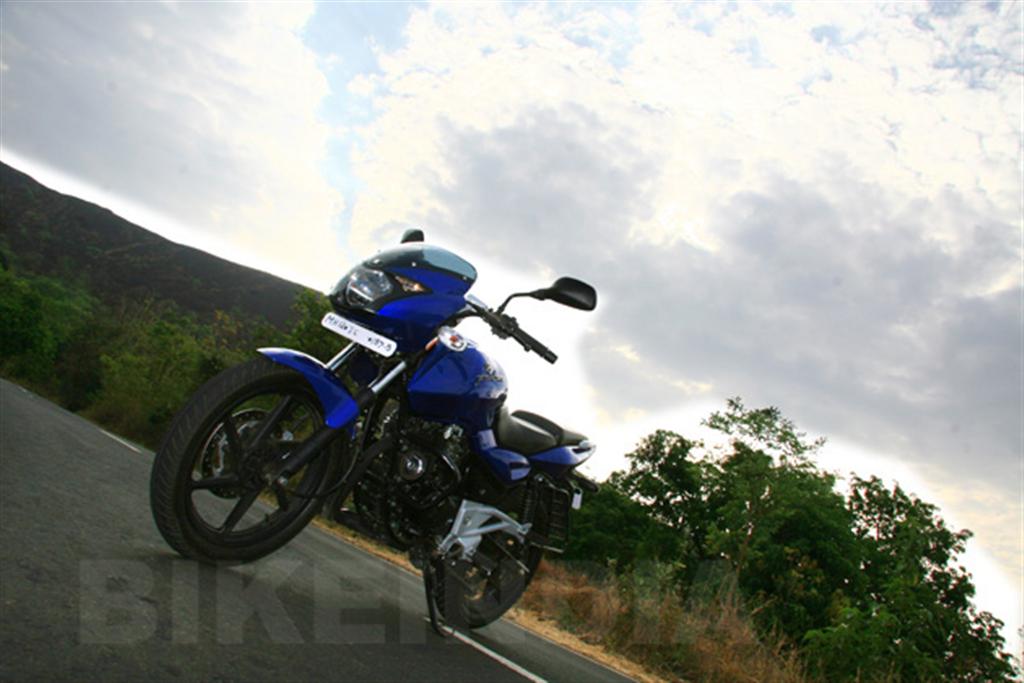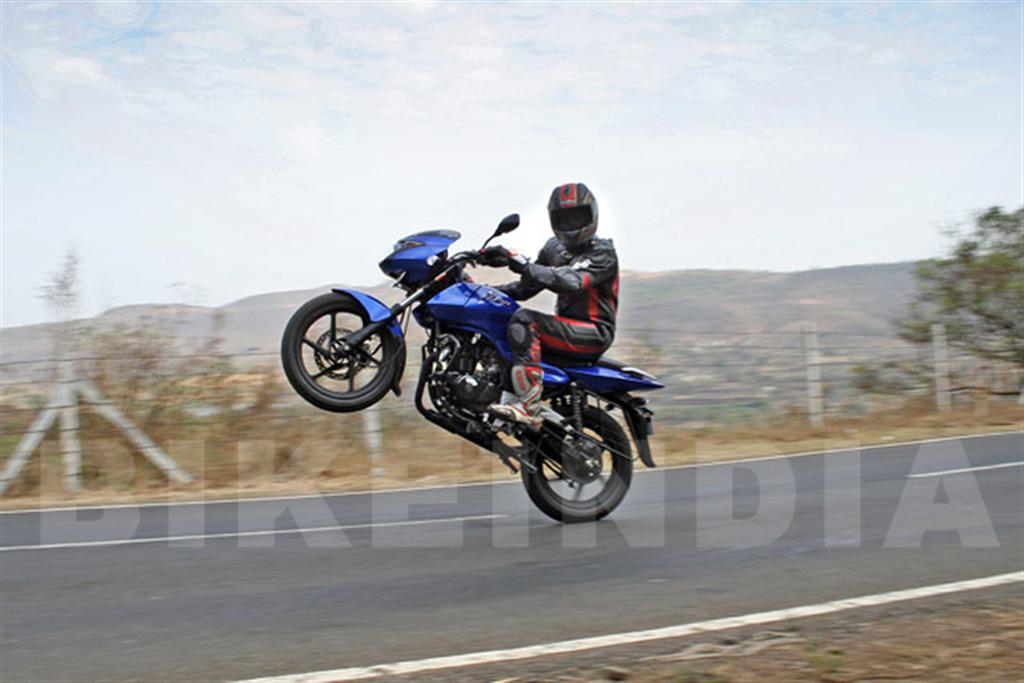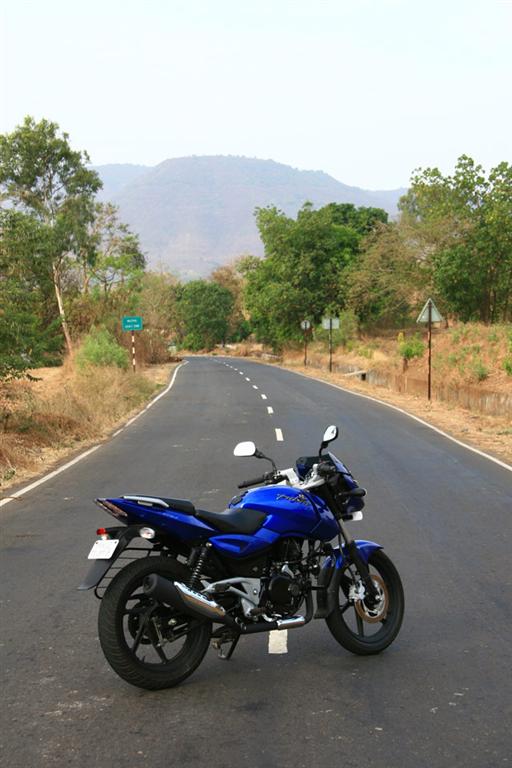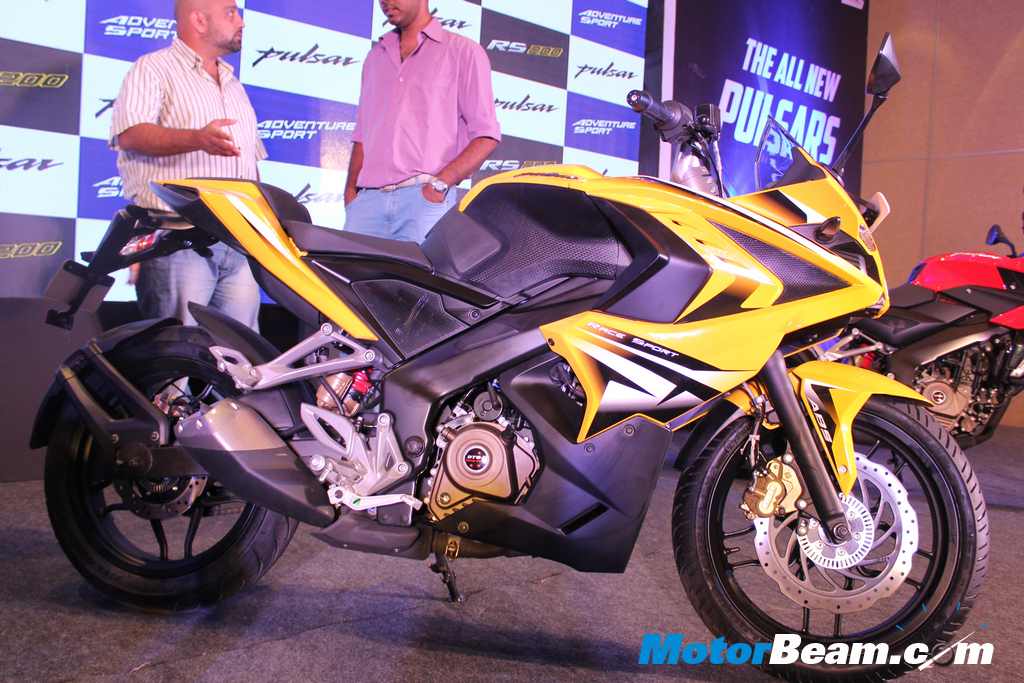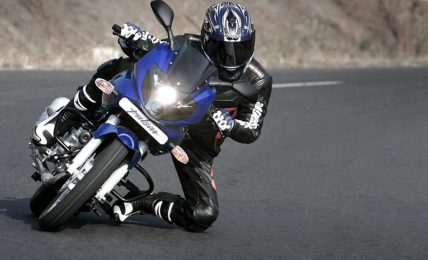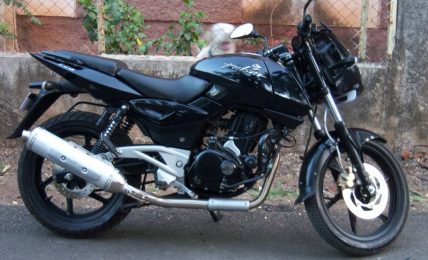BikeIndia got their hands on the upgraded Pulsar 180 UG IV and have done a review of the upgraded Pulsar 180. Checkout the review below : –
It wouldn’t be wrong to say that the Pulsar twins were responsible for changing the face of motorcycling in India. And I am not just talking from the performance point of view, but also the affordable ‘real’ biking that the Pulsar 150 took charge of. Its elder sibling, the good old classic 180, took care of enthusiasts who wanted raw power and macho looks at an affordable price. The 150, in the meantime, served the masses with performance that stood out in its segment and yet delivered exceptional fuel economy that is ever so important in the Indian motorcycling industry.
From time to time, Bajaj fought the competition hard, kicking out regular upgrades – alloy wheels, refreshed looks, modern engine technology and finally increased engine capacity. They are probably the best in business when it comes to spreading the biking spirit through advertisements – the ‘Pulsar Mania’ commercial being the best till date! The way they promote their bikes is in a different league all together.
All this it seems hasn’t been enough because with the launch of the Yamaha FZ16 last year, sales of the Pulsar 150 and the Pulsar 180 have taken a hit. For instance, in September 2008, combined sales of the Pulsar twins stood at 19,112 units. Within a month, with the FZ16 around, sales dropped 17.3% to 15,804 units. A month later, in November, volumes further decreased to 13,698 units – a drop of 28.3% as compared to September 2008 sales. Yes, these figures made it clear that Bajaj had to pull up their socks and come out with something more than just visual upgrades to get back the customers they made for the Pulsar twins.
Enter the 2009 Pulsar 180 UG IV (Fourth Upgrade). While rumours had it that Bajaj were ready with the updated 200 and 220, the reality is that the company first wants to concentrate on numbers and repeat the glorious days of the success of the Pulsar 150 and 180. While the elder sibling gets more serious upgrades, let’s talk about the Pulsar 150 first. As Bajaj puts it, the 150 gets a sporty refurbishment. It gets an all-black theme taken from the 180 and the 200. It also borrows the tank scoops from the 200 and gets a new 3D Pulsar logo on the tank. Mechanicals remain unchanged, however, a full DC system is now employed for the electricals. These are minor updates that go a long way in enhancing the sporty character of the smallest member of the Pulsar family.
The major change, however, is seen on the 180. A first glance, you can easily mistake it for the 200. It carries over the older all-black colour theme and gets more oomph in the form of visual goodies from the 200 and the 220. Fatter tyres, a split seat, tank scoops, clip-on handlebars, a 3D logo for the tank and thicker forks from the Pulsar 220 make it even more visually appealing than the Pulsar 200. The only thing that remains visually unchanged as compared to the older 180 is its exhaust, although, look closely and you can see the revised angle in order to give the bike a more sportier look. But these goodies also add another 4 kilos to the overall weight.
So, does that mean that the extra rolling resistance from the wider tyres and the additional weight hamper the bike’s performance? Hell no, because the engine gets more punch as well. The 178.6cc engine started its life in the classic 180 as a mere 14.9PS unit. Over the years, changes to the engine and other tweaks have seen the power rise to 17PS for the latest UG IV model. Yes, Bajaj engineers have worked on the exhaust intake, retuned the silencer as well as tweaked the valve timing to get more juice out of the unit. The maximum power comes at an additional 500rpm, i.e., at 8500rpm. At this point, most of you readers might doubt the high revving engine, but let me add that much work has also gone into making the engine smooth and feel less strained at high revs.
Gone are the characteristic Pulsar vibes when the throttle was wringed. In fact, when we got the delivery of the bike, the engine was brand new, having done just a hundred kilometers on the odo. However, the motor felt very refined and eager to spin hard. And that’s what we did, albeit after riding the bike for a couple of hundred kilometers and then logging in our test equipment. Naught to 60km/h came up in (surprisingly) under five seconds – that’s faster than most other Indian bikes today! Yes, the bike runs on wider and taller tyres, but re-sprocketing has been done to compensate for that. From the original 13/43 set up, the Pulsar 180 has moved to a 14/39 set up. Gun the throttle and the digital speedometer goes beyond the 100km/h mark slightly quicker than the older 180, slowing inching towards the magical 120km/h figure. Blame it on different test conditions; the maximum Adhish got from the bike was a true 114.5km/h with the speedometer showing 125km/h, however on a downhill stretch, it registered more than 130km/h! Shifting up the five-speed ‘box (now with a toe only shifter) is a fuss-free affair as the clutch has undergone further refinement.
But the new Pulsar 180 is not all about improving on performance. It gets a whole new character as well. Swing a leg over it and the new clip-ons, taken from the Pulsar 220, lend the new bike a sportier stance. Changes to the running parts have given a big bike feel, which is evident within a few seconds of riding. Wider front forks and tyres, taken from the Pulsar 220, completely change the riding character of this bike.
While the UG III bike was always eager to be flicked into corners, it also felt nervous when pushed really hard. This bike, however, feels confident as you lean it till the main stand acts as a spoilsport and starts digging in. Plus, the new Pulsar 180 feels more stable at high speeds and over broken roads – the change in the suspension (and switching to the Pulsar 200’s swingarm) makes the whole difference. Bumps and undulations are taken care of, however over long rides, you do miss the soft saddle of the earlier variant. Talking of long rides, the engine no more feels strained at around the 85-90km/h mark. In fact, the motor’s smooth character ensures vibrations are kept at bay and I for one wouldn’t mind riding this bike for an intra-city run across states. An increase in wheelbase is also largely responsible for the stable feel at triple digits speeds.
In the city, the Pulsar 180 loses out a bit to the old variant on flickability, closing in on gaps and making the most of a tight space. At first, the front does feel a bit heavy but you get used it immediately. The maximum torque has gone down by a Newton meter, but Bajaj boffins claim that the drop in torque is hardly noticeable. The bike still pulls cleanly from low revs – slotted in fifth with the speedometer showing 29km/h, it pulled without a protest from just 2000rpm. Going by the way the bike was popping wheelies (which needs torque rather than power) with Adhish on board, we do believe them.
Bajaj has moved the game ahead by shifting the electricals to a full DC system. The kick lever has also been junked and going by my previous experience with the long term Pulsar 220, which never had electric start issues even after being unused for weeks, this change is more than welcome. The new Pulsar 180 goes on sale very soon while the new 150 is already in the showrooms. The prices for the 150 will remain largely unchanged, but there will be a hike of around rupees three grand for the 180. That still makes it more than six thousand less than the elder 200.
So, is this a good move is the question we at Bike India have been asked umpteen times already by readers? The same question is also the centre of heated debates across biking forums. The answer is definitely yes. For those who always wanted the big bike feel and sporty looks of the 200 without paying so much now have the option of settling for the new 180 without compromising on performance. Needless to say, the smaller 180 engine also returns impressive fuel economy which is again important for youngsters with limited pocket money. Even for those who think that the new 180 looks like the 200, and hence the latter loses out on exclusivity, need to wait and check out the 2009 Pulsar 200 once it’s out.
To sum up, the fourth upgrade of the Pulsar 180 turns out to be the best yet – making the bike grow up with a matured feel. Even the choppy nature of the limiter on the earlier bike has been softened up. The exciting era of Pulsars is all set to be back, starting with these two models and that is exactly what Bajaj’s updated website (http://www.bajajauto.com) reflects.
2009 Bajaj Pulsar 180 Road Test Video : –
[youtube:http://www.youtube.com/watch?v=URixlwyqgUU 425 344]


